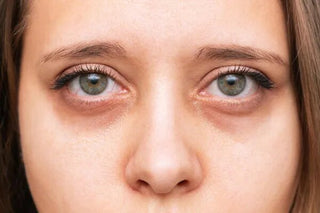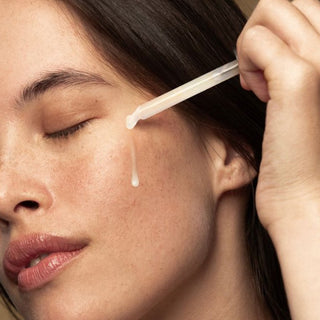Post
-

4 Root Causes of Acne: From Hormones to Diet
Explore different causes of acne so that you can control acne from root.
-

Under-Eye SOS: Understanding the Biology of Tired, Pigmented, and Puffy Eyes
The under-eye area has long been a source of concern for many, especially in South Asia where the telltale signs of stress and fatigue—dark circles, puffiness, and fine lines—seem to...
-

Affordable and Effective: The Best Salicylic Acid Serum in Pakistan
When it comes to skincare, finding products that are both affordable and effective can be challenging. For those in Pakistan looking to combat acne and achieve clearer skin, well-formulated salicylic...
-

What Does Vitamin C Serum Actually Do for Your Skin?
This article will talk about the benefits of vitamin C serums, how to use them, which one to choose and the best available option.
-

Best Salicylic Acid Cream in Pakistan
This article will explore the best salicylic acid cream available in Pakistan, its uses, benefits, and how to incorporate it into your skincare routine.
-

Achieving Radiant Skin with Whitening Creams: A Comprehensive Guide
It will cover the best skin whitening creams available in Pakistan, highlighting their benefits, key ingredients like kojic acid, and answering some frequently asked questions about skin whitening.
-

How to Build a Skincare Routine: Your Ultimate Guide to Healthy Skin
This guide will walk you through the basics of creating a skincare routine that works for you, using some of the best skin care products available, including those from AccuFix...
-

Salicylic Acid Products Explained: Uses for Skin and Hair Care in Pakistan
This article delves into the various salicylic acid products available, including shampoos, serums, and cleansers, particularly in the context of Pakistan.
-

Hyaluronic Acid vs. Glycerin, Urea, and Panthenol for Skin Hydration
Let’s find out Four hydrators who really keeps your skin soft, smooth, & healthy.
-

5 Science-Backed Benefits of Vitamin C Serum for Brighter, Healthier Skin
We’ll break down what vitamin C serum does, five proven benefits, and exactly how to use it without damaging your skin barrier. Plus, you’ll learn how to choose the right...
-

Laser Hair Removal: Machine, Side Effects, and Cost
In this comprehensive guide, we will explore the ins and outs of laser hair removal, including the types of machines used, potential side effects, costs, and frequently asked questions.
-

Kojic Acid Products: Unveiling the Benefits for Your Skin
This article delves into the world of kojic acid, exploring its benefits, and usage and answering common questions.












